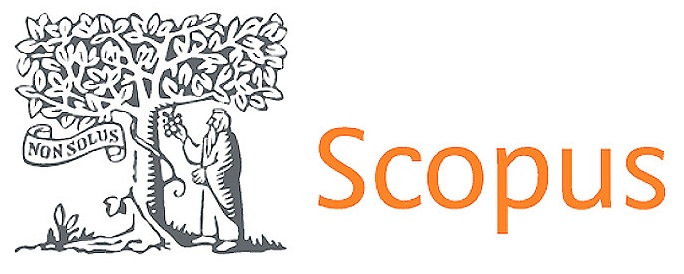How the interaction between human settlements and their sociocultural development favored the introduction and expansion of exotic species: The wild boar (Sus scrofa) in the sierras of Córdoba as a case study
DOI:
https://doi.org/10.56294/sctconf202354Keywords:
Wild Boar, Species, Exotic, Diagnonisto, Environment, ProblemsAbstract
In the last 300 years, mankind has transformed a large part of the planet's surface, drastically changing the landscape. One of the indirect factors of this modification is the voluntary or accidental introduction of invasive alien species (IAS). These produce severe ecological impacts and conflicts with human populations, such as the destruction of crop fields, attacks on people or domestic animals and the transmission of diseases.
In the province of Córdoba, one of the most relevant IAS is the wild boar (Sus scrofa). This species has been recorded several times by rural inhabitants and tourist areas of the department of Calamuchita, Province of Córdoba, who have expressed their concern to the corresponding authorities.
The objective of this work is to present an analysis that gathers the results obtained in the framework of an environmental diagnosis oriented to wild boar management where the bibliographic information of the study area, the problem species and the perception of the problem by the inhabitants of Villa Berna interact. It describes how the geographic location, the geomorphological processes together with the climate shaped the relief and endowed the area with particular characteristics for the development of native biodiversity. These conditions, together with the influence of the first human settlements and subsequent cultural changes, subjected the system to economic and use practices that favored the introduction of exotic species. Over time, these species modified the landscape, producing characteristics that were appreciated by the settlers, but at the same time contributed to generate habitat components favorable for the establishment of the wild boar.
References
Merino ML, Carpinetti BN. Feral pig Sus scrofa population estimates in Bahía Samborombón Conservation Area, Buenos Aires province, Argentina. Mastozoología Neotropical 2003; 10(2):269-275.
Pereira-Garbero R, Barreneche JM, Laufer G, Achaval F, Arim M. Mamíferos invasores en Uruguay, historia, perspectivas y consecuencias. Revista chilena de historia natural 2013; 86(4):403-421.
Preciado JMS. El planteamiento teórico multiobjetivo/multicriterio y su aplicación a la resolución de problemas medioambientales y territoriales, mediante los SIG Raster. Espacio Tiempo y Forma. Serie VI, Geografía 1997; (10).
Rositano F, Ferraro DO. Una nueva aproximación metodológica basada en redes conceptuales y redes probabilísticas para evaluar la provisión de servicios de los ecosistemas..Universidad de Buenos Aires. CONICET. Departamento de Producción Vegetal. Cátedra de Cerealicultura. Facultad de Agronomía. Buenos Aires, Argentina; 2017.
Samprieri RH. Metodologia de la investigacion (6 ed.). Interamericana editores, S.A. Mexico; 2014.
Sanguinetti J, Pastore H. Abundancia poblacional y manejo del jabalí (Sus scrofa): una revisión global para abordar su gestión en la Argentina. Mastozoología neotropical 2016; 23(2).
Sjarmidi A, Gerard JF. Autour de la systématique et la distribution des suidés. Monitore zool. Ital 1988; 22:415-448.
Skewes O, Moraga CA, Arriagada P, Rau JR. El jabalí europeo (Sus scrofa): Un invasor biológico como presa reciente del puma (Puma concolor) en el sur de Chile. Revista chilena de historia natural 2012; 85(2):227-232.
Downloads
Published
Issue
Section
License
Copyright (c) 2023 José Fernando Fissore (Author)

This work is licensed under a Creative Commons Attribution 4.0 International License.
The article is distributed under the Creative Commons Attribution 4.0 License. Unless otherwise stated, associated published material is distributed under the same licence.



